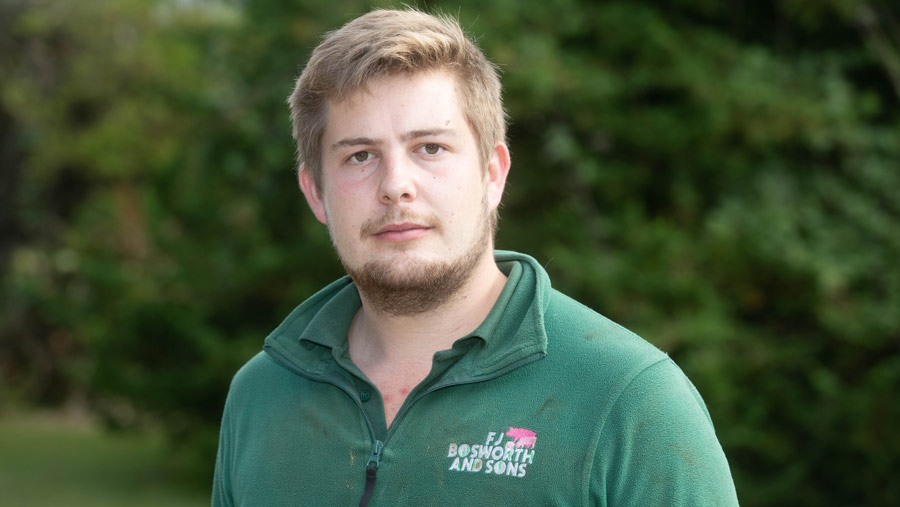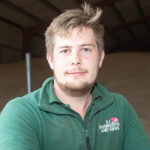Farmer Focus: Pendulum swings to pigs as arable runs tight
 © Tim Scrivener
© Tim Scrivener I hope everyone is well. It feels like October has passed us by in no time at all.
The recent wet weather has kept machines in the shed, after a good stint got us about 75% of the way through winter cereal drilling.
I’ll be glad to get the rest in, so we know the large majority of our 2024-25 pig food is in production.
See also: Pig producers feel pinch as prices drop below 220p/kg
Around this time last year, our home-mixed grower and finisher diet was costing us £295/t, and we averaged a price of £2/kg deadweight across both units for the first time ever.
By comparison, feed costs for that diet are back 17.5%, while our average sale price has increased by around 15% for September this year – although sales volume is down by 5%.
It’s a swing that we had hoped for and needed, but perhaps not expected.
We cost our own cereals in at market prices, so we know both enterprises can stand on their own two feet as such.
However, typically, the more one side of the business earns, the more the other is going to struggle.
Our grain used for feed in September was costed into the pig enterprise at £164/t and £177/t for barley and wheat, respectively.
For the same month in 2022, they were costed at £243/t and £268/t.
We paid 61p/kg for nitrogen put into the harvest 2022 crop, whereas nitrogen put into the harvest 2023 crop cost nearly three times as much, at £1.76/kg.
With that in mind, along with other input inflation, BPS reductions and the current pig price, we expect the pigs to have a better time in this financial year (although price has started to head back), while the arable will run tight.
Meanwhile, KPIs across the feeding and breeding herds are running consistently better, with liveborn numbers a sow a year at 33.71, pre-weaning mortality at 4.11%, and post-weaning mortality 1.6%, to name a few over the past six months.
Gilt performance has improved as well since we have been following a more data-driven approach to age and weights at service.
Lastly, I hope the situation is improving for those across the UK who have experienced extreme conditions as a result of Storm Babet.

